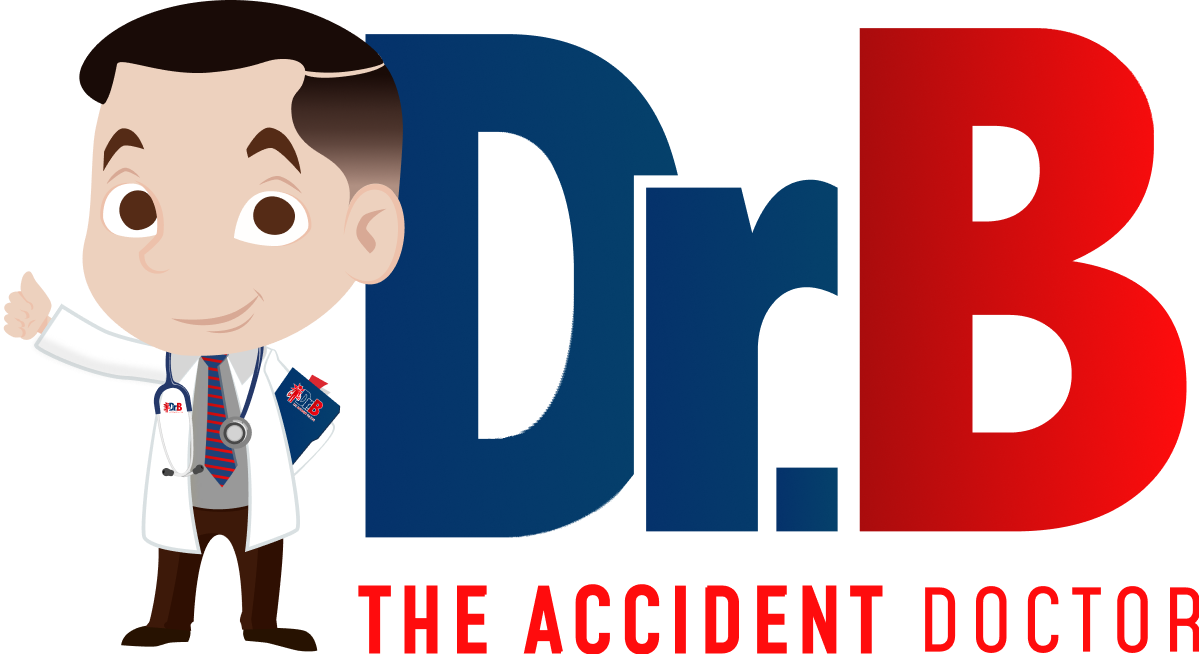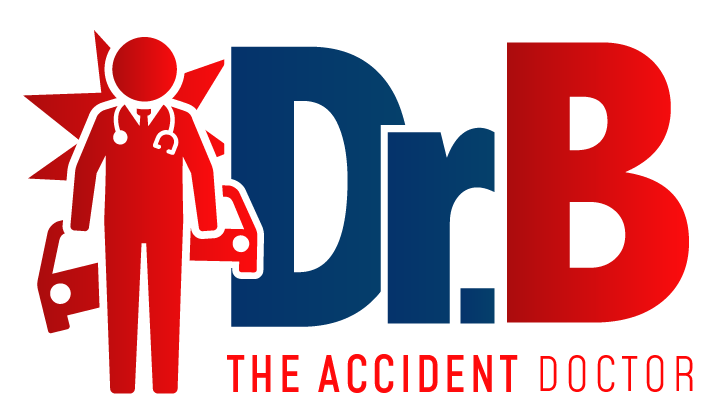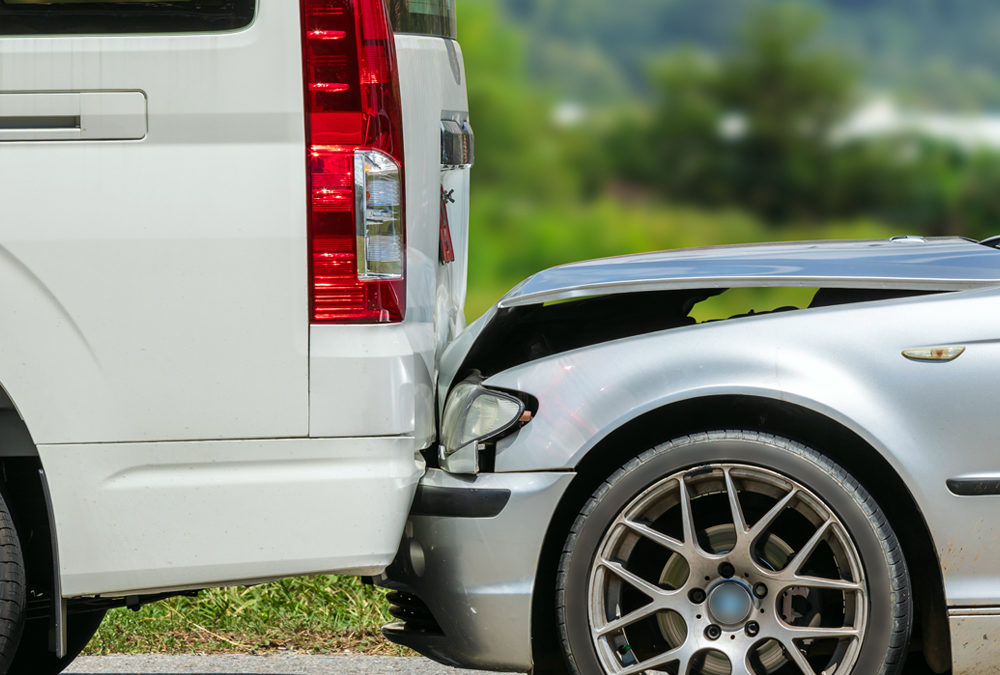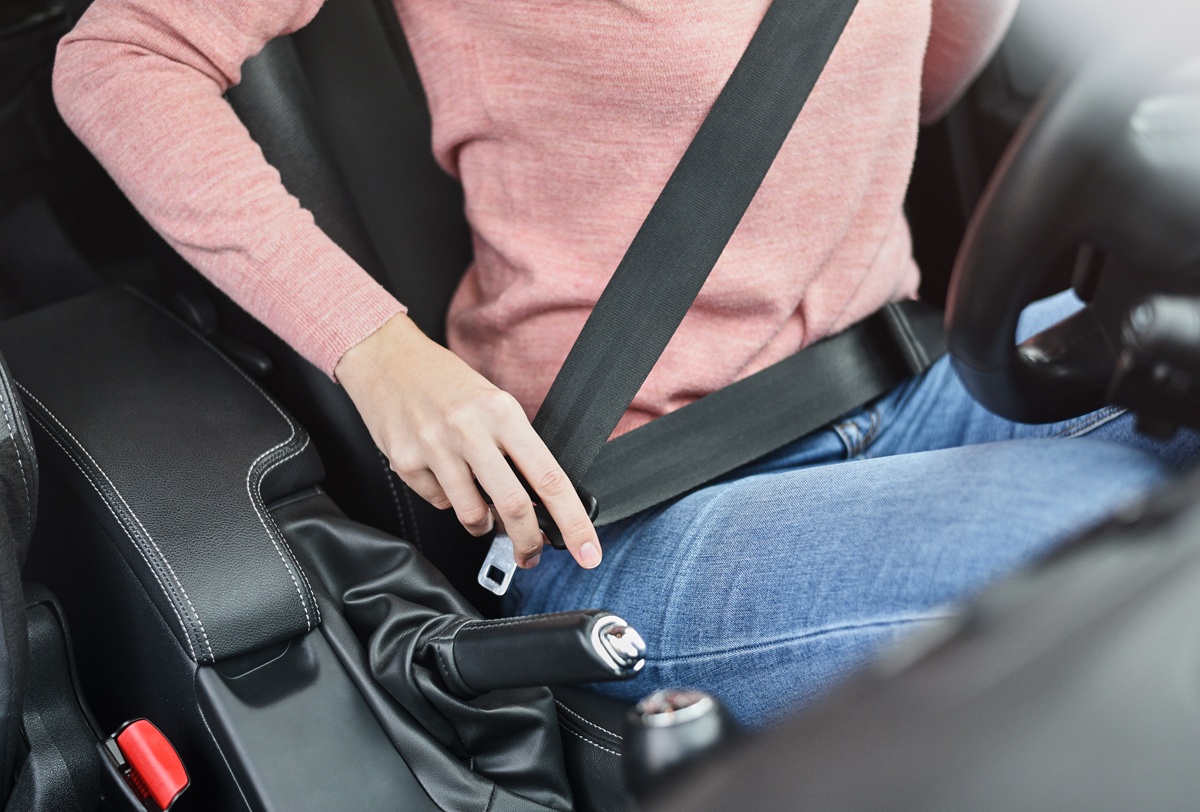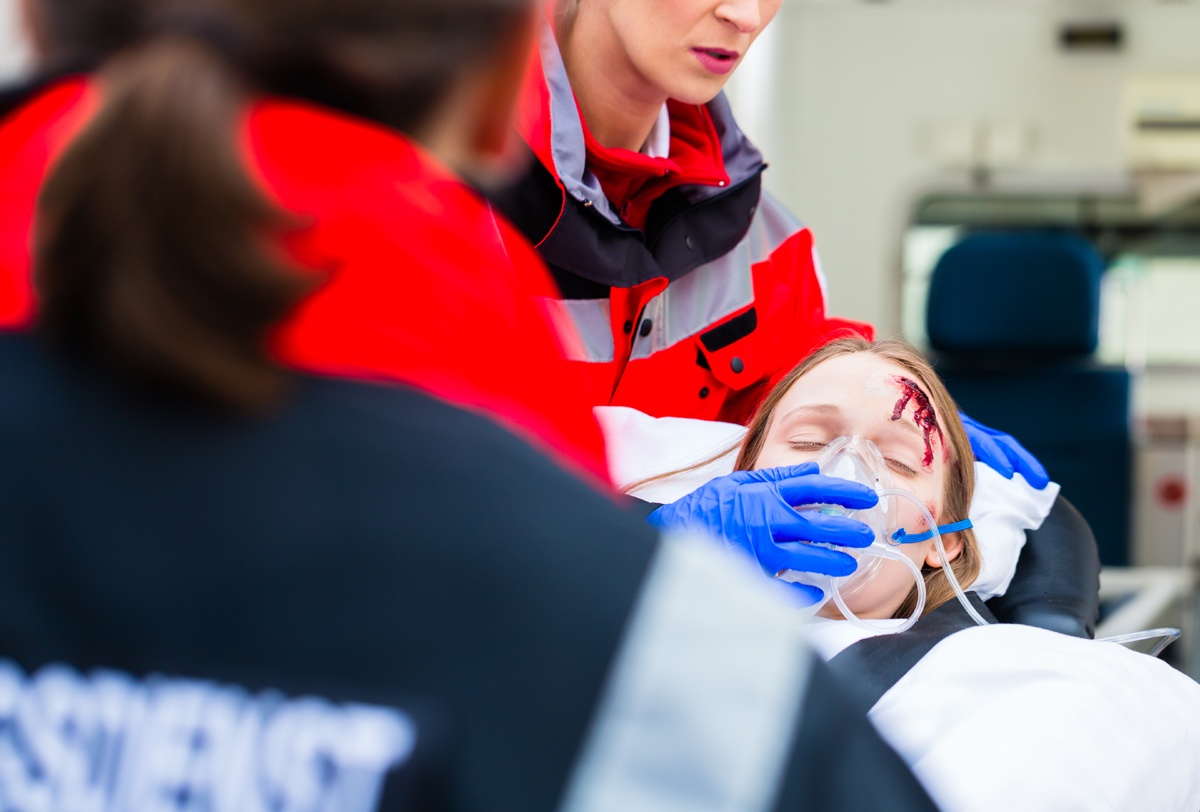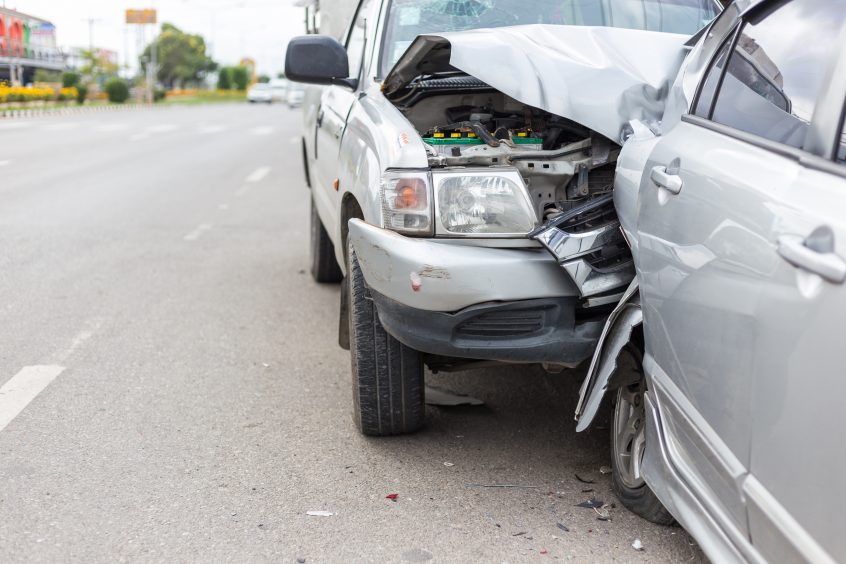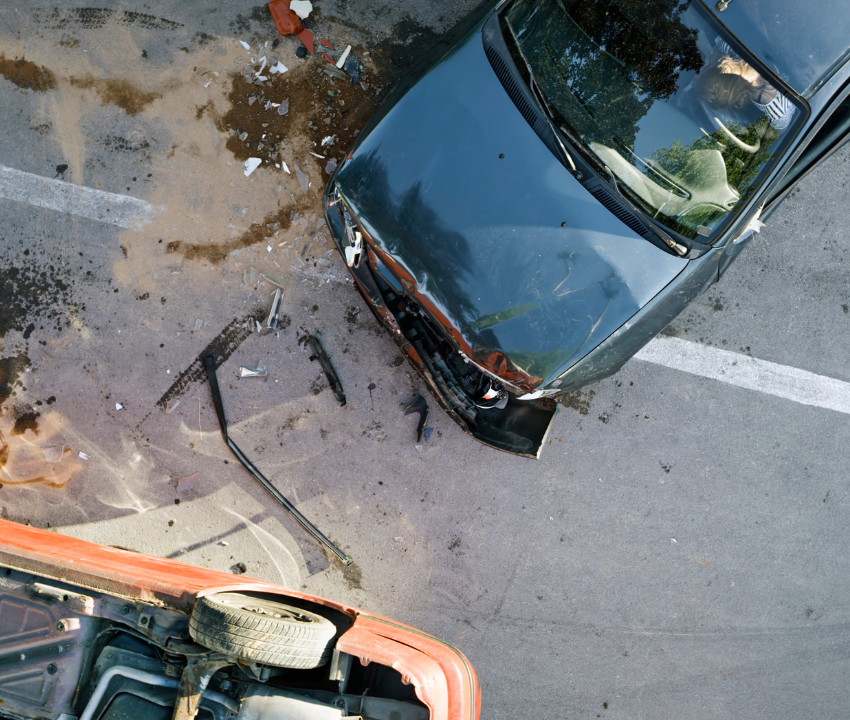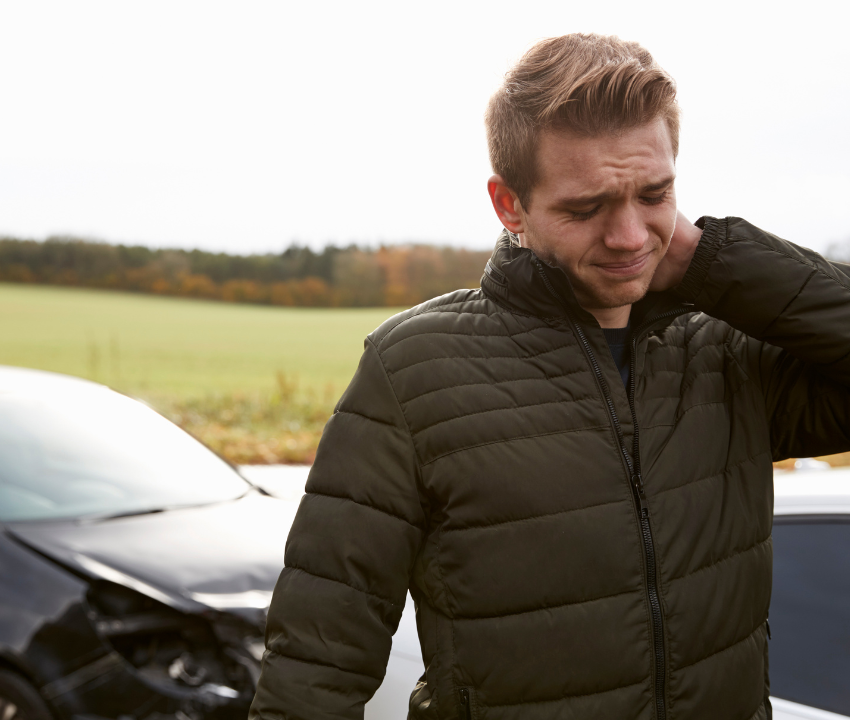Failure to wear a seatbelt
Where a car occupant is not wearing a seatbelt in a frontal collision, the body will continue to travel forwards until its kinetic energy is transferred in an impact with another object. What this means in practice is the body will typically collide with the dashboard, steering wheel and/or windscreen. In most scenarios the body will hit the steering wheel before the head hits the windscreen.
The transfer of energy in this collision will be abrupt and typically cause life threatening injuries or death. It is not unusual for the body to be ejected through the windscreen.
Rear end collisions
Rear-end collisions are the most common accident type on Australian roads, and are caused by drivers observing inappropriate following distances. However, they do send tens of thousands of people to casualty wards every year, predominantly with neck injuries.
Occupants of the car being struck
In a rear end collision the occupants of the vehicle being struck experience the transfer of energy as being abruptly forced backwards. In most cases the car seat will absorb much of the energy of the impact as the body is forced backwards. Unfortunately one of the most vulnerable body parts remains exposed in this scenario, as the head will typically snap backwards at great force.
Needless to say this causes a variety of injuries to the back and neck including:
- tearing of spinal ligaments, tendons or muscles
- disc herniation, where the padding between neck or back vertebra are squeezed out of their protective sheathes and onto the spinal chord
- fractures of the cervical vertebra, commonly called a broken neck
- fractures of the back vertebra, which can result in paralysis
- concussion or traumatic brain injury, caused by the impact of the head with the headrest.
Rear end collisions with heavy vehicles
Where the vehicle colliding from the rear impacts a heavy vehicle with high ground clearance, such as a truck, these accidents can be deadly at low speeds.
This is because the car impacting from the rear can slide into the space between the road and the leading vehicle’s chassis, leaving only the car’s windscreen columns to protect its occupants. These are not designed to do this, and will usually be sheared off, leaving car occupants heads and upper bodies exposed to direct impact with the heavy vehicle’s chassis.
Side collisions
Side collisions, such as T-bone collisions, can be lethal at even low speeds. The reasons for this are simple. When a vehicle impacts you from the side, your car doors and their supporting columns are the only parts of the car’s structure available to absorb the force of the impact and prevent the other car from intruding into the cabin.
The ability of these structures to absorb an impact and prevent the cabin being crushed inwards is relatively limited, which means even low speed side impacts can result in:
- crushing of the occupant on the side of the impact, with severe injuries to the thorax, pelvis and upper body. The forces here will typically be strong enough to cause damage to internal organs, as well as breaking bones
- neck and spinal injuries to the occupants on the other side of the car, whose heads and necks will be suddenly whipped in the direction of the impact without any side head restraint to arrest this motion
- head injuries to occupants on both sides of the car, created by the sudden sideways motion of the head at the moment of impact and again as the vehicle comes to a stop. These will be particularly severe if there are no side or curtain airbags to prevent their heads from striking a window or window column.
Rollover accidents
While rollover accidents are not as common as other kinds of accidents, a far higher proportion of them are fatal. This type of accident bypasses the majority of a car’s safety features, and even your seatbelt may not keep you in your seat during a rollover. In addition few cars are equipped rollover bars that will prevent the car’s roof collapsing inwards onto the car occupants.
During a rollover accident the motion of the vehicle is also likely to cause multiple impacts between the body and other parts of the car as well as airborne debris. Occupants may be ejected from the vehicle entirely by the force of the accident.
It is therefore unsurprising to find that rollover accidents cause a wide variety of serious injuries, including:
- severe head injuries created by multiple impacts of the head with the roof, windows and window support columns, other parts of the car interior and the road surface itself
- severe neck and spinal injuries caused by the whipping motion of the neck as it responds to the car rolling
- broken bones and internal injuries
- severe cuts or dismemberment caused by pieces of torn metal.
Injured in a Car Accident?
Schedule an appointment with us now! 210-342-2777
